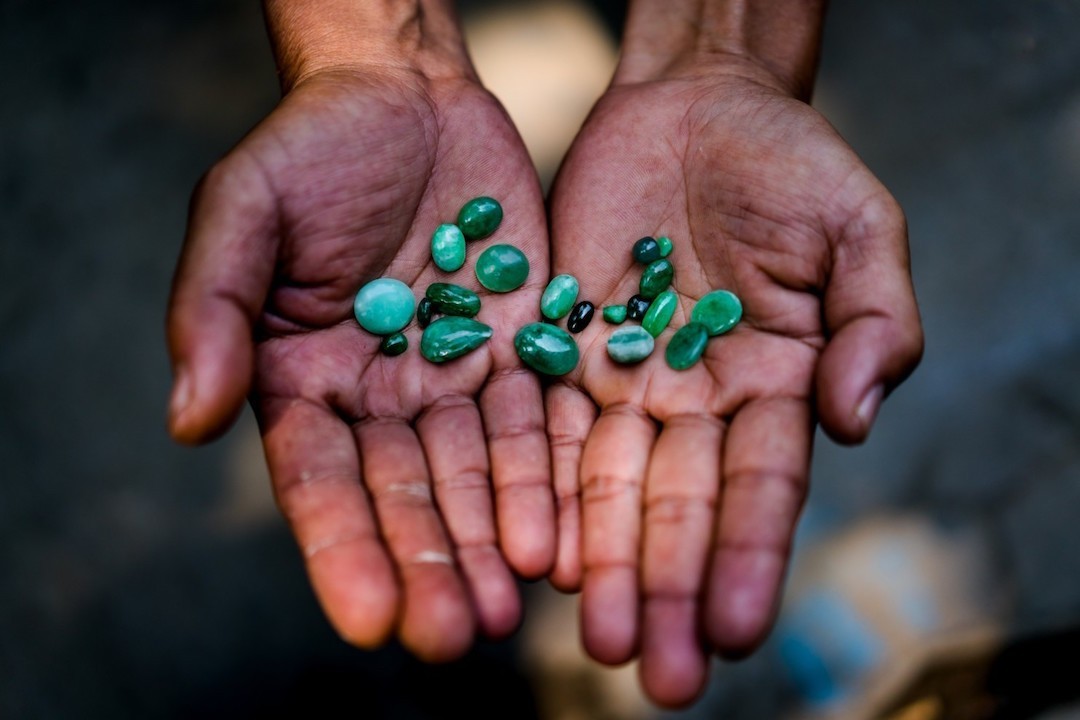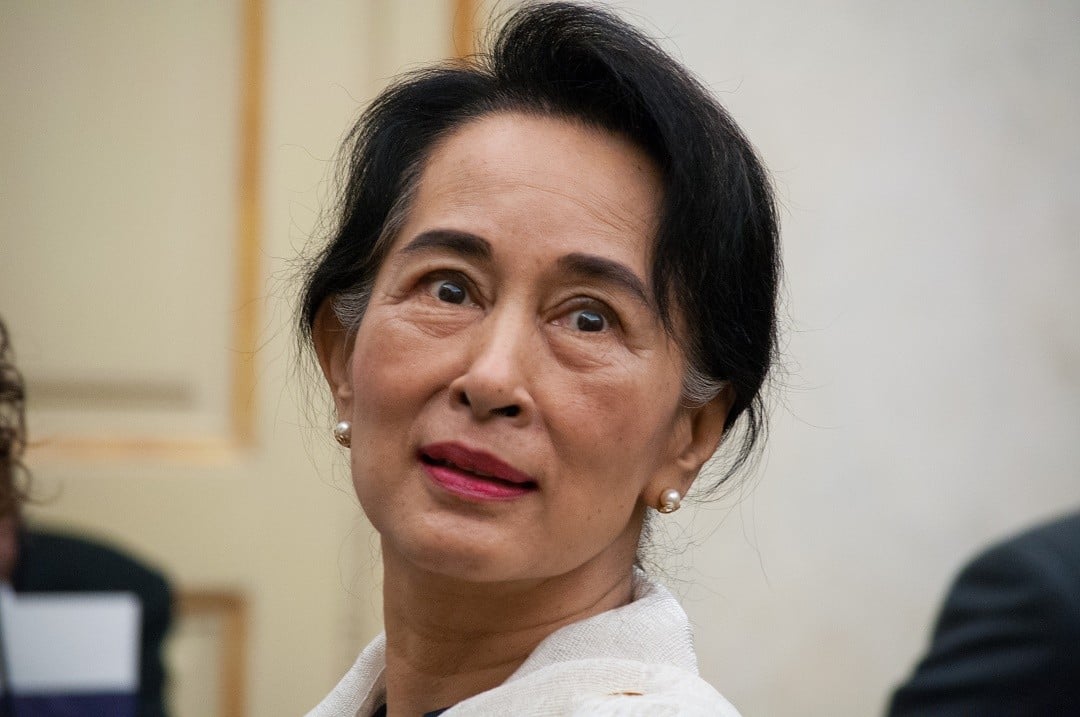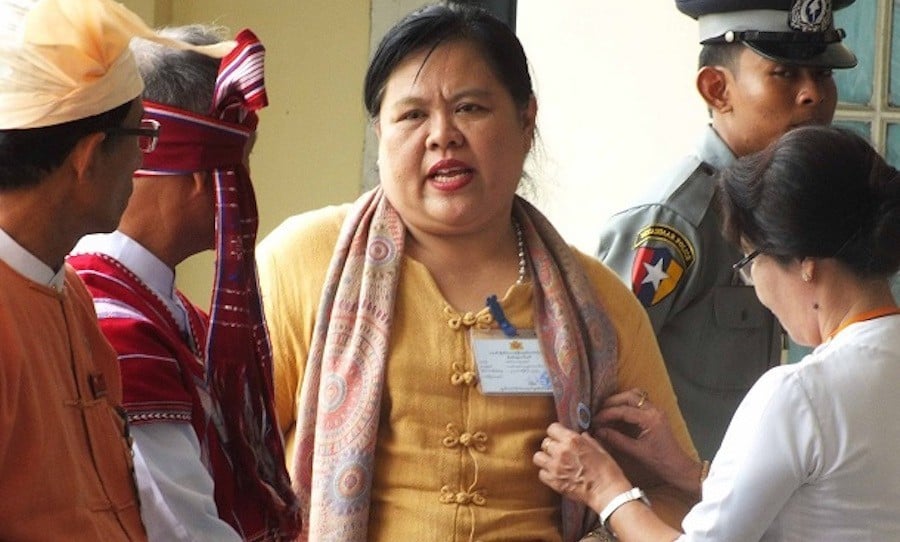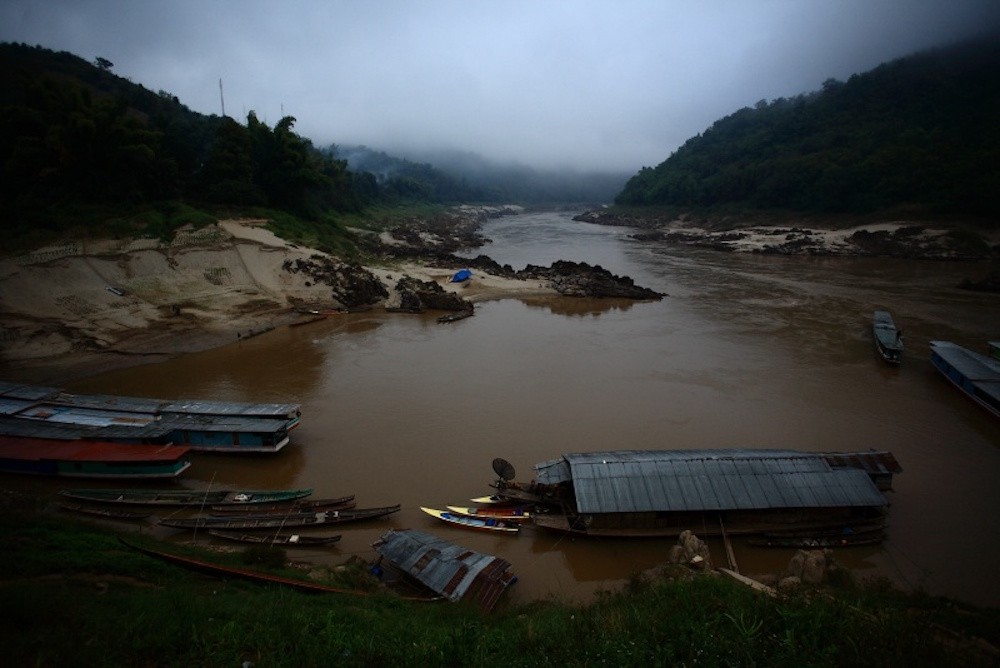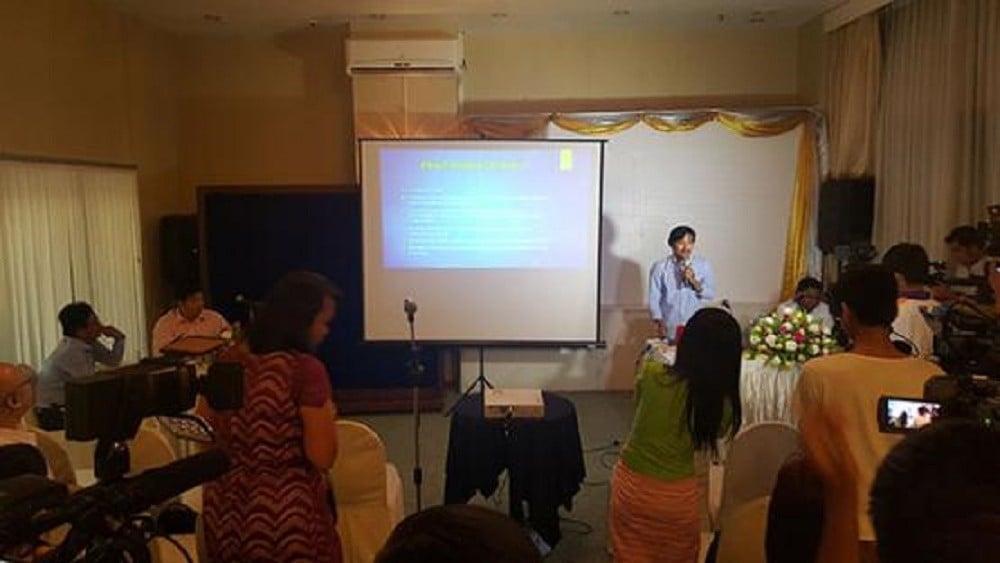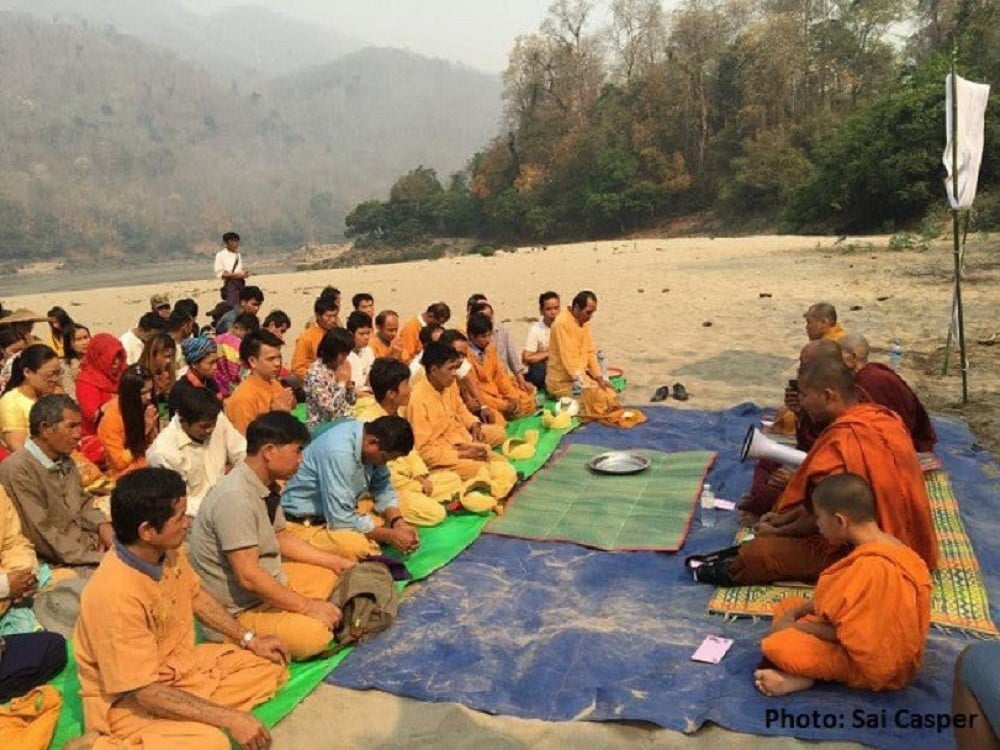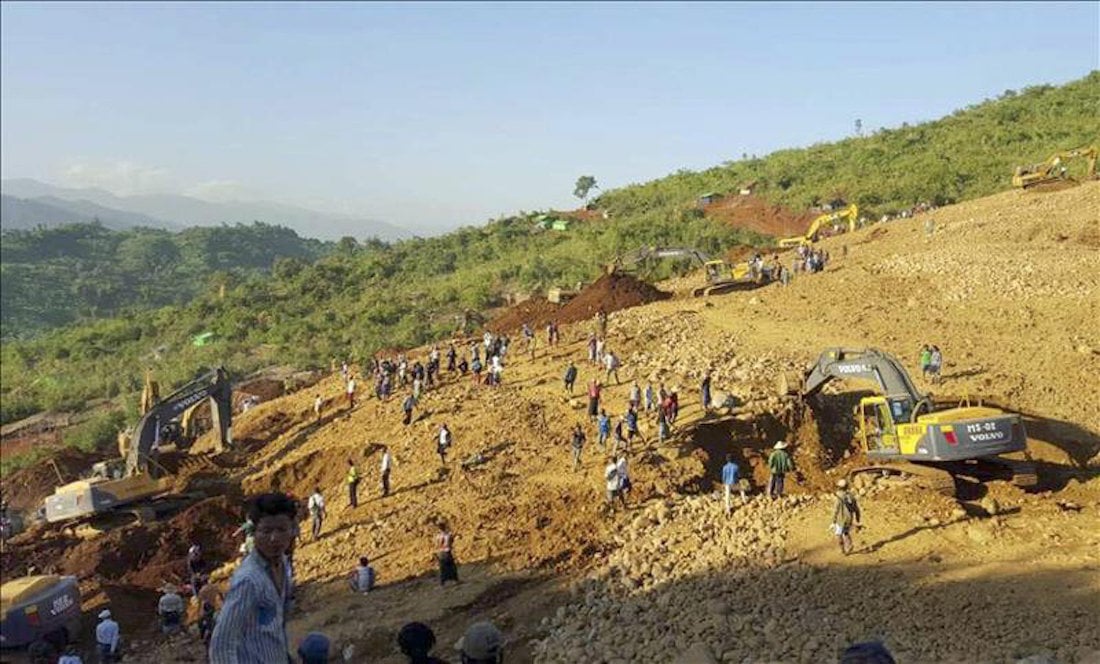The jade tycoon of Burma lives behind stone walls and a sophisticated security system. A visitor must be buzzed through a gate into the garden, pass a hunk of jade as big as a compact refrigerator, enter through a sliding screen and glide by the preserved tusks of the family elephant before sitting down with the man himself.
Yup Zau Hkawng is a well-known figure in Burma’s Kachin state, a broker in the peace process between armed rebels and the military and one of the few ethnic Kachin to own a jade mining business.
Burma’s northernmost state is home to 1.2 million people and some of the country’s most intractable problems — including a rapacious jade mining culture, opium cultivation, environmental devastation, controversial development deals with China, and an armed insurgency. Kachin may pose one of the stiffest challenges to the new democratically elected civilian government, led by Aung San Suu Kyi, that has taken over a country that suffered decades of military rule.


